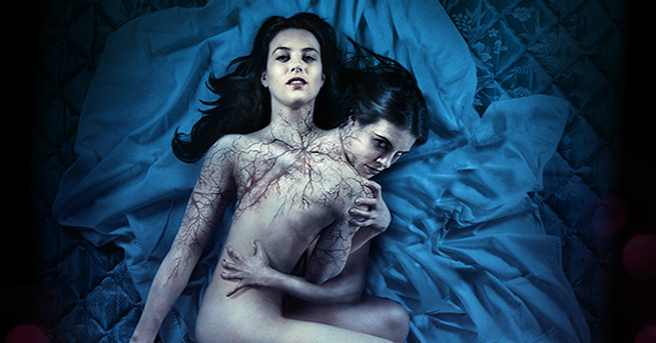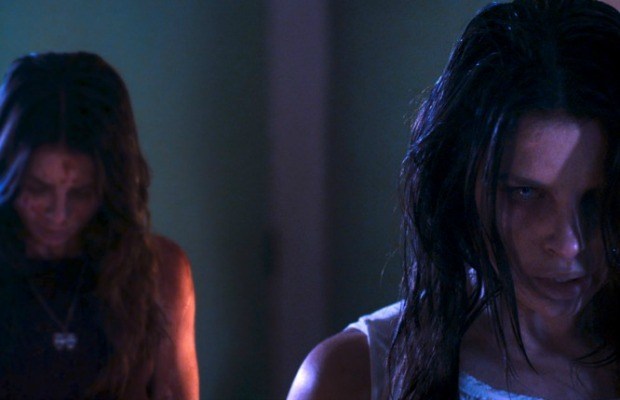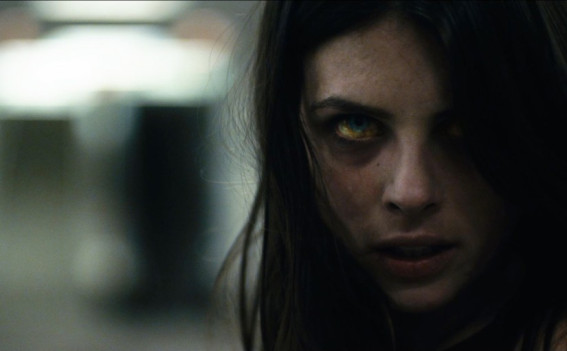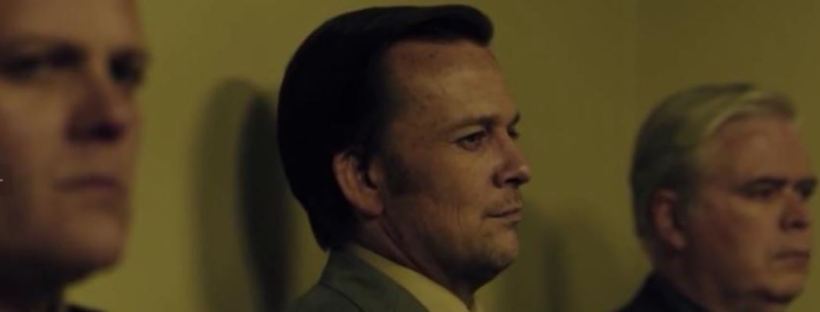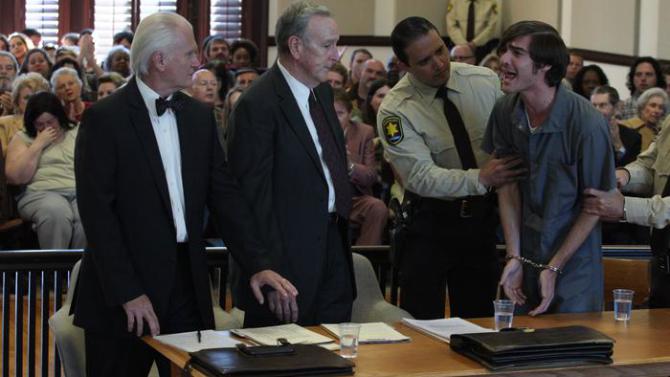Jordan Peele, renomowany komik oraz autor scenariusza stosunkowo przeciętnej komedii Keanu, postawił sobie wysoko poprzeczkę. Utrzymując swój film Uciekaj! na pograniczu psychologicznego horroru z domieszką charakterystycznego dla siebie humoru, uzyskał przepis doskonały – film, który niejednokrotnie bawi, wprawia w osłupienie, straszy, ale co najistotniejsze – nie pozwala nudzić się nawet przez chwilę.
Chris (Daniel Kaluuya) spotyka się z Rose (Allison Williams) od kilku miesięcy. Dziewczyna decyduje się zaprosić go na weekend do domu swoich rodziców. Chłopak, niepewny czy rodzina zaakceptuje jego odmienny kolor skóry, decyduje się spełnić życzenie wybranki. Jednak gdy tylko przybywa do odosobnionej rezydencji, zaczynają dziać się bardzo niespotykane rzeczy.
Pomysł na Uciekaj! pachnie od pierwszych minut filmem Król Zombie z roku 1941 – tam trójka mężczyzn trafia na bezludną wyspę, gdzie pewien ekscentryczny milioner zamienia swoich podwładnych w zombie. Reżyser żongluje wieloma tytułami, które Uciekaj! przekonwertowuje na własne potrzeby. Znajdzie się tutaj nawiązanie do Wyspy Dr. Moreau Frankenheimera, Skóry, w której żyję Almodovara, a nawet Django Quentina Tarantino. W filmie Peelego służący są, tak jak w Królu Zombie, czarnoskórzy. Zmienia się jednak perspektywa, z której oglądamy przedstawiane wydarzenia – trójkę białych mężczyzn zastępuje Afroamerykanin i jego percepcja rzeczywistości.
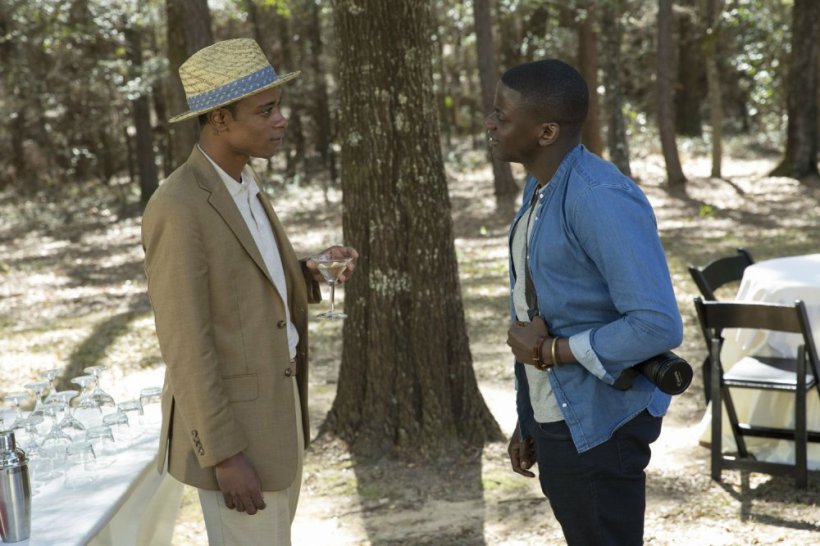
Mimo rozlicznych inspiracji obecnych w Uciekaj!, Peele znajduje własny sposób, by wyróżnić to małe arcydzieło – stawia wszystko na kartę rasizmu. Uprzedzenia dotyczące koloru skóry są bowiem w fabule Get Out kluczowe. To one zmuszają Chrisa, by mimo narastającego niepokoju utrzymywać uśmiech na twarzy, jednocześnie popadając w coraz większą paranoję. Protagonista desperacko próbuje zrozumieć dziwaczne zachowanie bogatej, białej rodziny oraz jej gości, czy niejednoznaczne odzywki brata-dziwaka swojej ukochanej (świetna rola Caleba Landry Jonesa). Peele znakomicie użytkuje te rasistowskie napięcia, by zbudować przedziwną, prawdziwie przerażającą atmosferę. W efekcie, choć nie ma skrzypiących drzwi, duchów, ani drastycznych scen – jest ciągły, narastający i wprost nieznośny niepokój głównego bohatera, który udziela się widowni.
Zaskakująco dobrze wypada także strona techniczna. Peele ma wiele do powiedzenia w sposobie kręcenia filmu – już pierwsza scena pokazuje sprawność z jaką reżyser porusza się po planie, nadając odpowiedniej dynamiki otwarciu swojego spektaklu. Peele ewidentnie korzysta z horrorowych dobrodziejstw Jamesa Wana (Naznaczony, Obecność – przyp. red.) – scena w domu rodziców Rose, gdy kamera przejeżdża wewnątrz mieszkania, jest tego świetnym przykładem. W nad wyraz dziwny klimat Uciekaj! wpisuje się również ścieżka dźwiękowa, często będąca źródłem humorystycznych akcentów (jak piosenka z odtwarzacza Rose w końcówce filmu), a także świetnym budulcem wszechobecnego dyskomfortu Chrisa.
Wiele wskazuje na to, że po latach posuchy, horror jako gatunek wraca na właściwy tor. Po Coś za mną chodzi Mitchella, czy zeszłorocznej VVitch Eggersa, film Peelego daje nadzieję na przyszłość. Idąc niewydeptaną dotąd ścieżką straszaka o podłożu rasistowskim, komik zapewni sobie z pewnością uznanie fanów gatunku. I jeśli tylko wpadnie na kolejny tak oryginalny pomysł jak Uciekaj!, w ciemno wróżę mu sukces.
Ocena: 42/50
Jordan Peele, a well-known comic artist and a director of a mediocre action comedy Keanu, has set the bar pretty high. By mixing his racial-ground humor with depth of a psychological horror, he eventually came up with a perfect recipe. Get Out is genuinely scary, sometimes quite artsy and zanyish, but what really matters – it never gets boring.
Chris (Daniel Kaluuya) is dating Rose (Allison Williams) for a couple of months. Living happily, the girl decides to invite her boyfriend for a weekend to her parents’ house. Chris, rather hesitant whether his skin color will be accepted, finally agrees to go for the getaway. Once they arrive, strange things begin to happen.
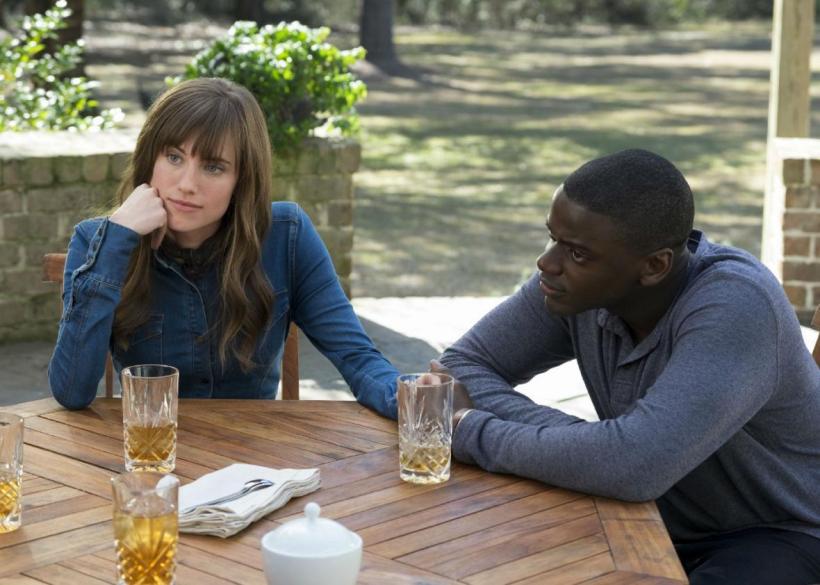
Peele juggles with a wide variety of titles, which serve Get Out greatly. The very concept for Get Out is not a far kin from a 1941’s horror tale The King of Zombies by Jean Yarbrough. In this feature, three stranded men land on a desolate island, where an eccentric millionaire turns his servants into mindless zombies. Noticeably, the comic director draws other inspirations from films like The Island of Dr.Moreau (1996), The Skin I Live In (2011) and Django: Unchained (2012). But although Peele’s starting point is the same as Yarbroughs – the servants are Afroamerican – there is a difference in the protagonist, whom we follow. Instead of the three white men, there is Chris and his perception of the reality.
Therefore, even though there are numerous ideas thrown into the pot, Jordan Peele carves his own way to tell his story. What is the golden recipe? The ubiquitous racism. The skin color prejudices are the key element that fosters Chris’ progressively evolving paranoia. The protagonist desperately seeks answers for the weird behavior of the rich family and their odd guests, questions why Rose’s freaky brother (brilliantly haunting Caleb Landry Jones) starts a contention with him etc. Peel skillfully uses these racial tensions to cast upon us a lurking, gruesome atmosphere. As a result, there is no room for screeching doors, ghosts or drastic imagery – there is just constant unease that like a virus spreads onto the audience too.
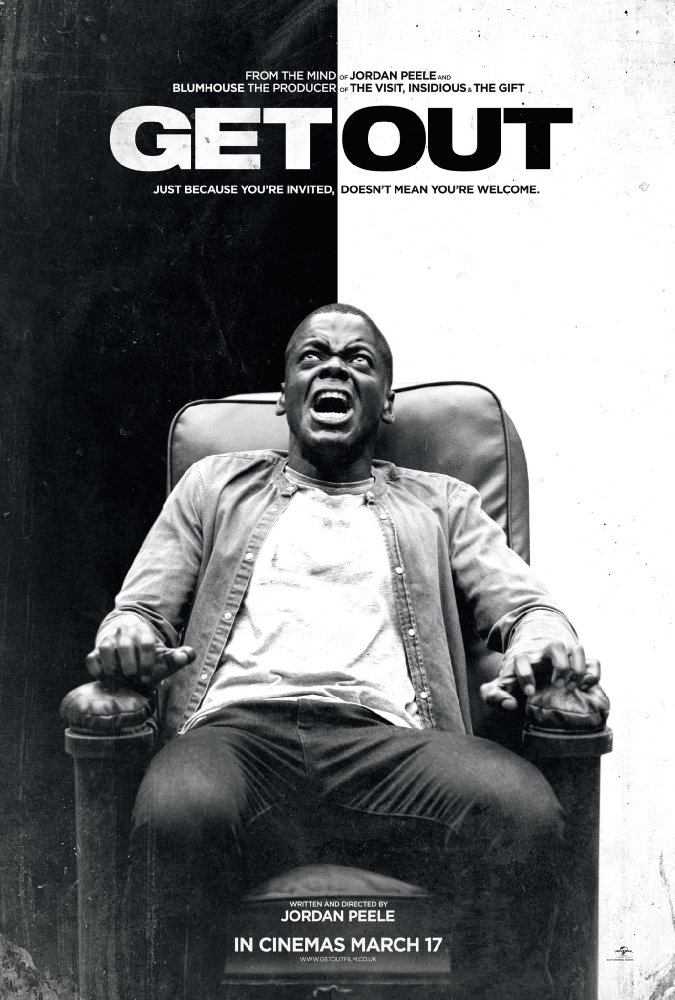
The technical side is surprisingly admirable as well. Peele knows his ins and outs in camerawork, which is proved even by the opening sequence. He is not afraid to once again draw inspiration from others – a very specific thoroughfare of the camera takes place in the film, which instantly brings James Wan to mind (director of Insidious and The Conjuring)., whilst the disturbing atmosphere begs for calling M. Night Shyamalan to assist.
What is more, just as disturbing as the events happen to be in Get Out, is the soundtrack. At times it evokes humor (just as the particular song played from Rose’s player), but mostly– it generates a great deal of discomfort emitted by Kaluuya’s character. It proves a point, that every classic horror – The Shinging, The Rosemary’s Child or other examples – are enriched by a fully dismaying soundtrack.
It does seem that the years of drought in the horror genre are slowly fading away. After It Follows by Mitchell or The Witch by Eggers, Peele’s feature is another step to the better future. Following an untrodden path of a scary movie with a heavy racial background, the comedian bought himself a cozy place among the most prospective directors in the genre. If he comes up with an another brilliant idea for a film, he’s got a whole-hearted fan in me.
Grade: 42/50


